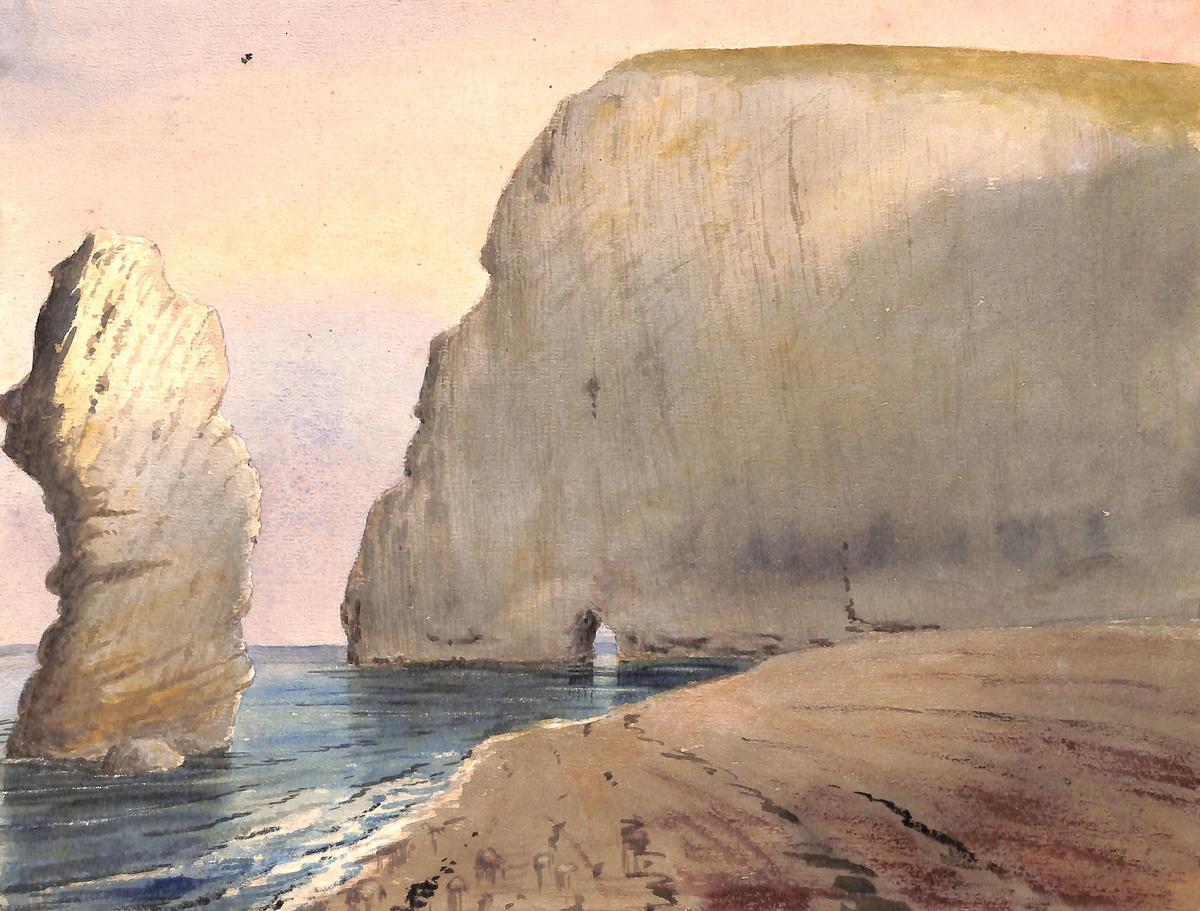A new online database of watercolours painted before 1900 will help scientists and environmentalists combat climate change, say the project representatives. Watercolour World, which went live earlier this week, currently comprises around 80,000 images drawn from private and public collections worldwide; users can search according to place or subject. “The project uses an overlooked artform to help reveal the world as it looked before photography,” say the organisers.
The project aims to change preconceptions about the medium which has fallen out of fashion, unearthing examples hidden away in “darkened museum vaults”, says Fred Hohler, the project founder. The initiative is funded entirely by the London-based charity, the Marandi Foundation, which is run by the UK philanthropists Javad and Narmina Marandi. “The current running budget is around £300,000 to £400,000,” Hohler says.
Professor Robin McInnes of the Coastal and Geotechnical Services consultancy has drawn on the database to monitor the evolution of the British coast since the late 18th century. An image from the Dorset County Museum, for instance, outlines the changing rock formations near Bat’s Head in Lulworth. McInnes’s findings are due to be published in May (The State of the British Coast; observable changes through imagery 1770-present day). Some images meanwhile show glacial retreat in the Alps including Glacier de la Côte, Mont Blanc France (around 1800); others depict rare examples of flora and fauna.
Between 1750 and 1900, watercolour production snowballed. Eighteenth-century artists such as Thomas Sandby, who specialised in military images working for the Duke of Cumberland, elevated the medium while paintboxes, pioneered by companies such as Reeves & Co of London, meant that artists could work outside.
“You could put it in your pocket and leave the studio. People began recording what they saw, as the old agricultural states were transformed during the Industrial Revolution,” says Hohler. In 1900 however, the advent of photography put paid to the watercolour boom.
Hohler adds that “we could lose our vision of the period 1750 to 1900 which would be utterly irreplaceable. [Watercolours] are increasingly being lost. If you go round skips, you’ll see!”
- Members of the public can submit pre-1900 watercolours for consideration via collections@watercolourworld.org


